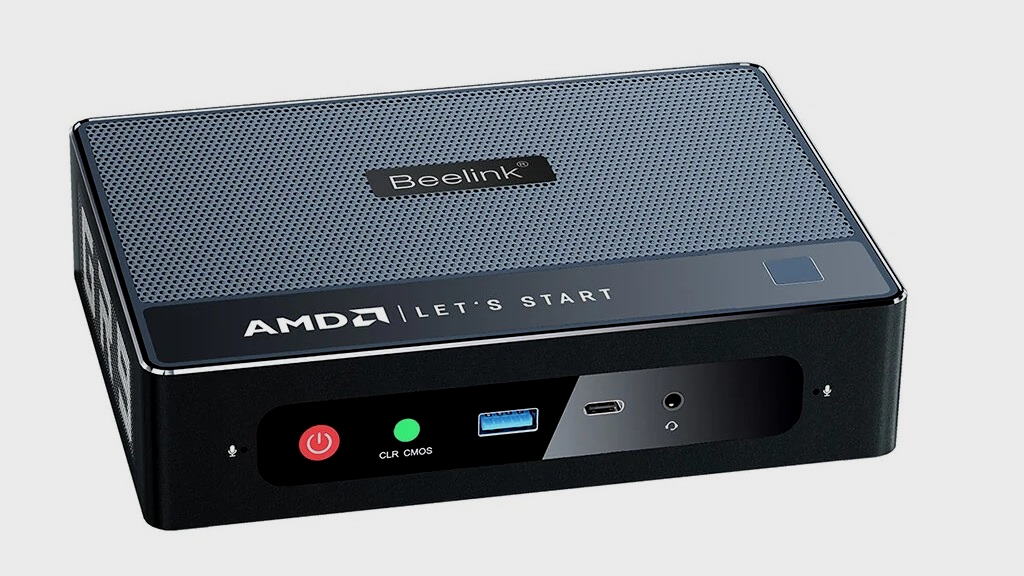
According to the latest data from the CNMV, in the second quarter of 2022 ecommerce billing in Spain grew 33.1% year-on-year. However, although purchasing habits have changed and increasing sales is a priority for SMEs, most are not taking advantage of the opportunity that the online channel offers. This is indicated by a report ‘The Spanish SME in 2022: challenges and digital aspirations’ by BeeDIGITAL.
Increase sales, an urgent matter for business
The report shows that small and medium-sized Spanish companies are focused on growing their turnover and They know that the online channel is key to achieving this. Thus, two of their main priorities are to increase sales (63%) and get customers (56%), with 64% stating that the first reason to go digital is to have an Internet presence to reach a greater number of customers.
However, while the purpose is clear, SME entrepreneurs are not getting the most out of existing tools. barely 6% incorporates e-commerce functionalities properly on its website and only 18% are part of a marketplace.
«Bet through the online channel it is no longer an option. All companies, regardless of their size and sector, have an opportunity to improve their income thanks to e-commerce”, explains Javier Castro, CEO of BeeDIGITAL. “The first step is to define the strategy, which will vary according to the peculiarities of each business. Here, the important thing is that any decision is well-founded and, at BeeDIGITAL we accompany and help SMEs to make it so”.
The online channel: where to invest?
Businesses have several options to draw up a sales strategy for their products and/or services over the Internet, two of the most common being having their own e-commerce and bet on a marketplace. The decision will depend on the sales objectives, as well as the peculiarities of each SME.
Using your own e-commerce offers several benefits such as the absence of margins by avoiding intermediaries and a greater decision-making capacity and customization in the way of presenting the product. In addition, selling in the brand’s own context offers a holistic vision and allows potential customers to access the entire range of products and have a better understanding of the offer. To be able to squeeze all these advantages, it is essential that companies invest in the development of a quality website, with a responsive design that ensures a good digital experience regardless of the device from which they connect.
Once the E-commerce is created, SMEs must make sure to give it visibility. For this, a fundamental step is to incorporate it into your company profile in Google, so that any user interested in the product can easily access the purchase. Currently, only 34% of the files include a link to the web; and 35% are unverified, which harms their positioning.
The second option, sell through a marketplace, means being present on an already consolidated platform, which increases customer confidence and allows companies to gain visibility without having to invest in their own SEO strategy. In this way, they can access a much broader audience, even international, as they are located on a large platform. In addition, the sale abroad is facilitated, since it eliminates previous technical or administrative barriers. In these cases, it is important to invest in differentiation, since the product is shown surrounded by other similar ones and the SME must manage to appear as the preferred option for the user.
Lastly, to maximize reach, businesses can opt for a mixed approach that combines both tools. Whichever option is chosen, SMEs must in parallel invest in a good digital presence that, through its website, search engine positioning and social networks, it manages to show them as a trusted option for buyers.



